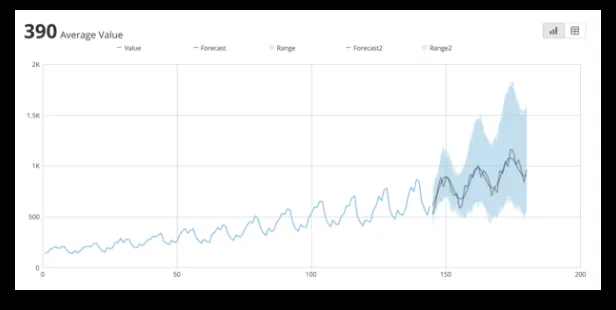Unlocking CRM Insights: A Guide to Effective Sales Forecasting
Introduction
As a sales professional, it’s essential to stay ahead of the game and anticipate future sales trends. Sales forecasting is a crucial aspect of any sales strategy, allowing you to make informed decisions about resource allocation, budgeting, and pipeline management. In this article, we’ll delve into the world of CRM insights and explore how to unlock effective sales forecasting.
What is Sales Forecasting?
Sales forecasting involves using data and analytics to predict future sales performance. This process helps you identify trends, patterns, and potential roadblocks that might impact your sales goals. By doing so, you can refine your strategies and make adjustments before it’s too late.
CRM-Related Factors Affecting Sales Forecasting
When using a CRM system, there are several factors to consider when forecasting sales:
- Pipeline Stage Analysis: Analyze the current pipeline stage distribution to identify potential bottlenecks and areas for improvement.
- Conversion Rate Optimization: Study conversion rates between each pipeline stage to optimize your sales process.
- Sales Velocity Metrics: Track key metrics such as sales velocity, average deal size, and win rate to gain insights into your sales performance.
Best Practices for Effective Sales Forecasting
To get the most out of your CRM system, follow these best practices:
- Regularly Review and Update Your Pipeline: Ensure accurate data by regularly reviewing and updating your pipeline.
- Use Historical Data and Trends: Leverage historical sales data and trends to inform your forecasting models.
- Monitor and Adjust: Continuously monitor your forecasts and adjust as needed based on changing market conditions or internal factors.
Conclusion
Effective sales forecasting is a critical component of any successful CRM strategy. By understanding the importance of pipeline stage analysis, conversion rate optimization, and sales velocity metrics, you can make informed decisions that drive business growth. Remember to regularly review and update your pipeline, use historical data and trends, and monitor and adjust your forecasts as needed. With these best practices in mind, you’ll be well on your way to unlocking the secrets of effective sales forecasting.

Visualizing Sales Forecasting Data

Fundamentals of CRM with Dynamics 365 and Power Platform

Marketing Automation For Dummies

Successful Direct Marketing Methods: Interactive, Database, and Customer-based Marketing for Digital Age (BUSINESS BOOKS)

CRM & FFHH: analysis of real accidents

Connected CRM: Implementing a Data–Driven, Customer–Centric Business Strategy

Special Edition Using Microsoft CRM
Related Guides: See all
- AI-Powered CRM: Supercharging Customer Relationships with Intelligent Automation and Predictive Insights in 2024
- Omnichannel Engagement with CRM: Crafting Seamless Customer Journeys in 2024
- Personalization Powerhouse: How CRM Drives Customer-Centric Experiences in 2024
- Customer Segmentation Mastery with CRM: Unlock Personalized Marketing and Sales Strategies in 2024
- Mastering the Customer Journey with CRM: Elevate Experiences and Boost Loyalty in 2024
- Social CRM: Building Stronger Customer Relationships Through Social Media in 2024
- Cloud CRM: Revolutionizing Business Agility and Scalability in 2024
- Mobile CRM: Empowering Sales and Service Teams on the Go in 2024
- CRM Integration and API: Unifying Your Business Ecosystem for Seamless Operations in 2024
- Data-Driven Decisions with CRM: Harness the Power of Reporting and Dashboards in 2024